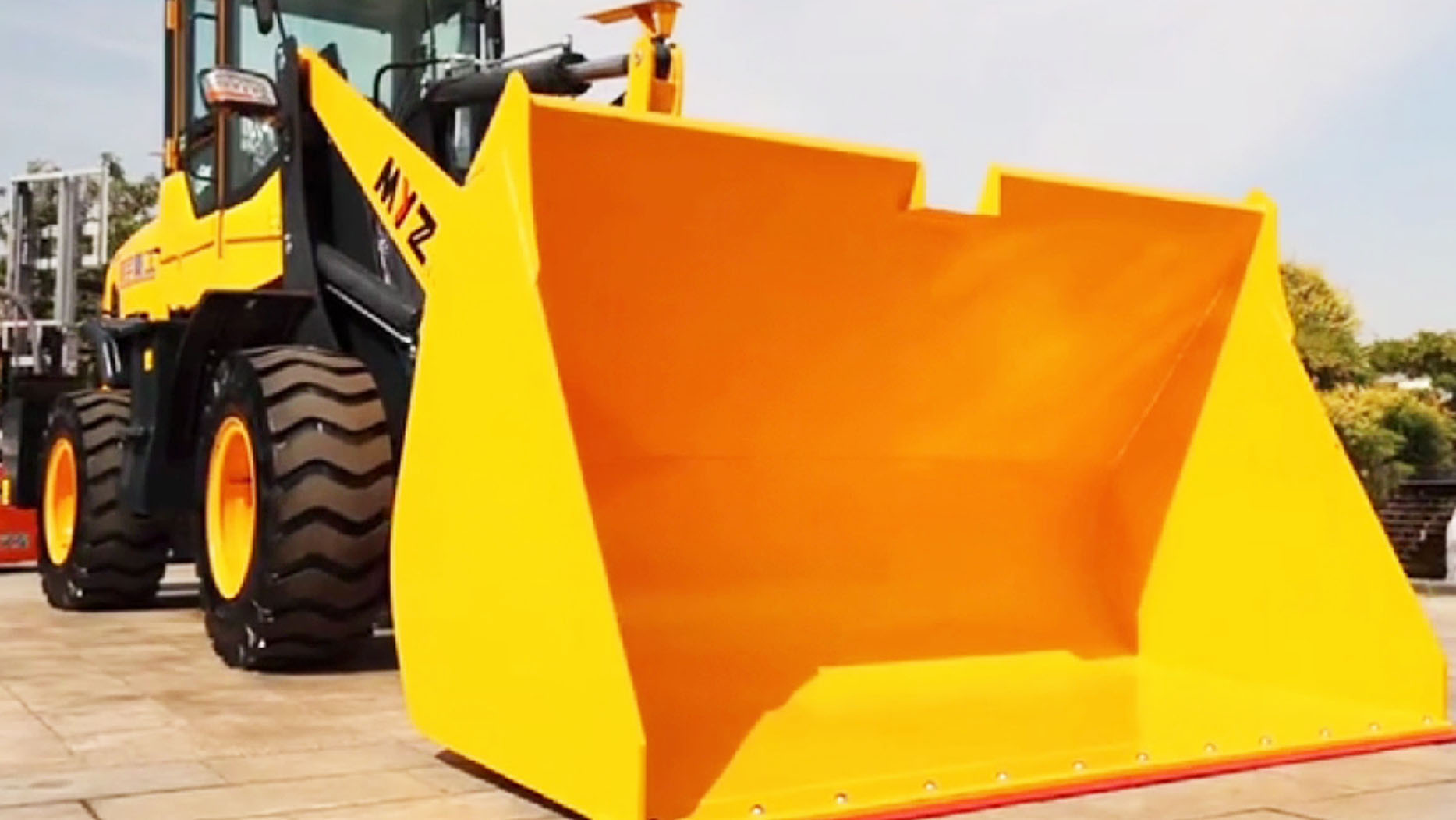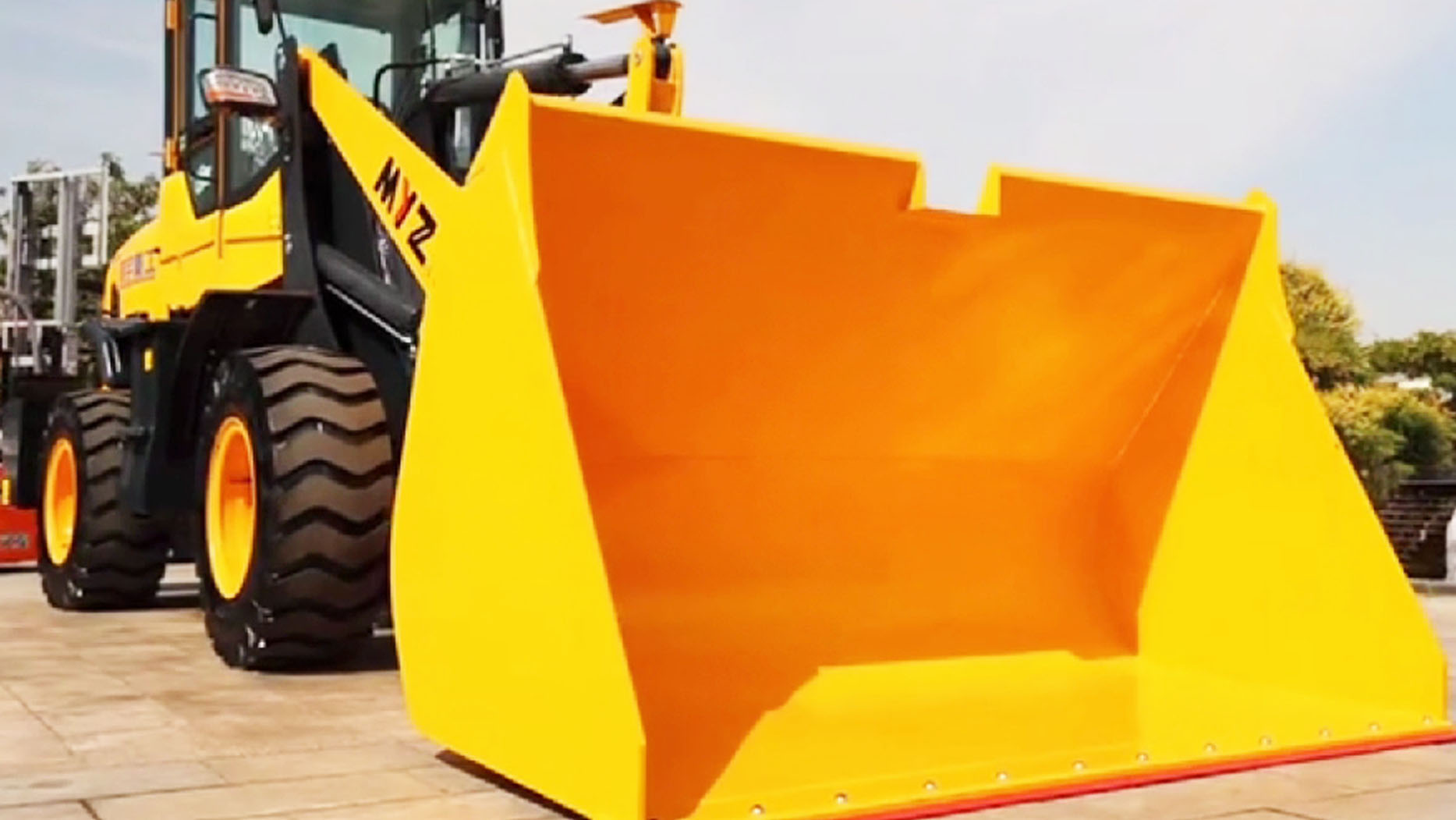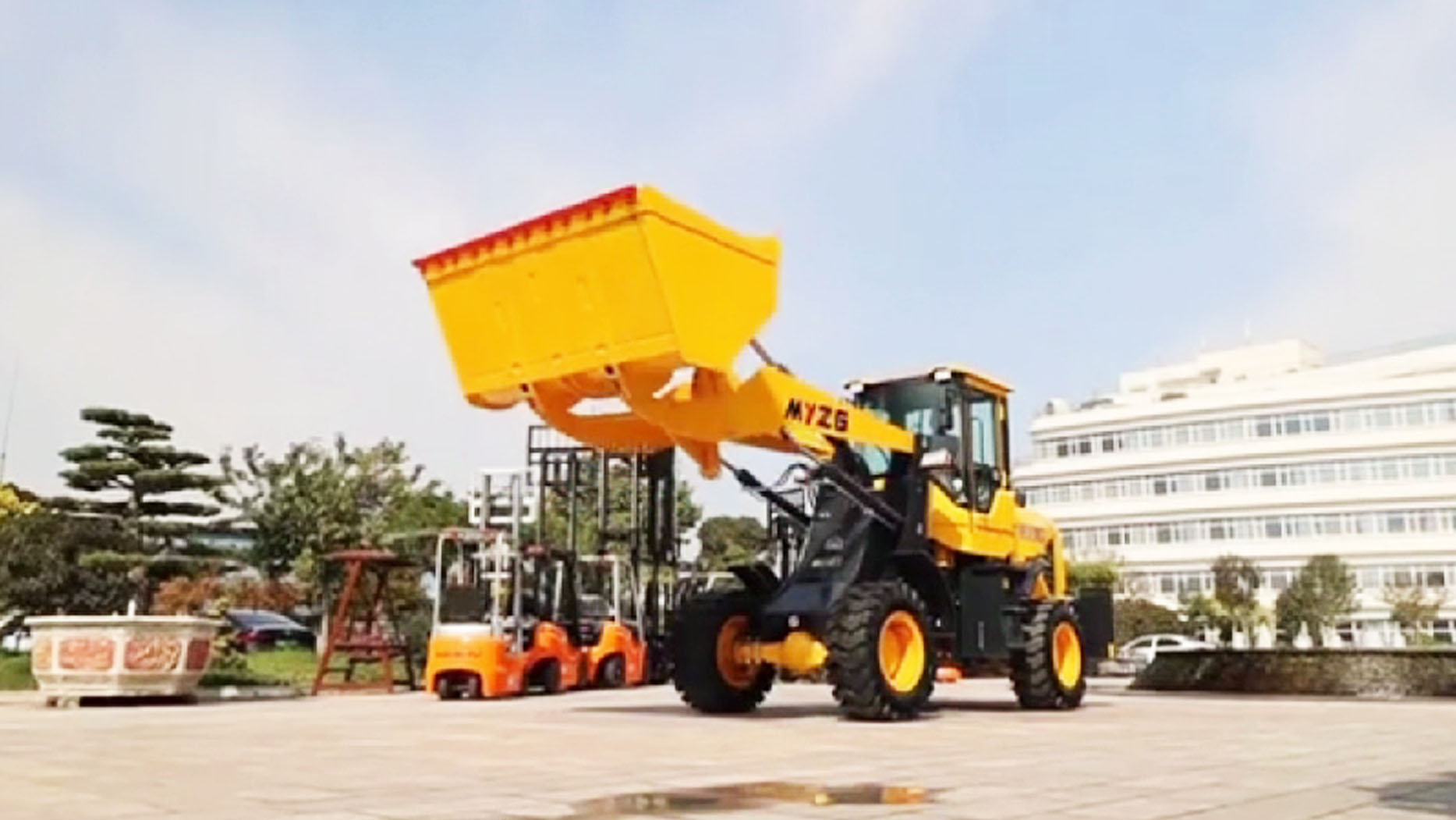I. Introduction In industries such as construction, agriculture, and logistics, efficient material handling is a crucial part of daily operations. Two pieces of heavy equipment often employed for this task are wheel loader lift fronts and forklifts. Both are designed to move, lift, and transport materials, but they differ significantly in terms of functionality, maneuverability, and application. This article aims to provide a comprehensive comparison of these two machines, delving into their unique features, advantages, and ideal use cases. By the end, you'll have a clear understanding of which piece of equipment best suits your needs, whether you're tackling rough terrain on a construction site or maneuvering pallets in a tight warehouse.
II. Understanding Wheel Loader Lift Front A wheel loader lift front, commonly referred to simply as a "wheel loader," is a type of heavy equipment designed for moving large quantities of materials over relatively short distances. It typically features a large bucket mounted at the front, which can be lifted, tilted, and lowered by hydraulic arms. The lift front design provides exceptional lifting height and reach, making it suitable for handling bulk materials, digging, and even clearing snow. Wheel loaders are generally larger, more powerful, and better suited to heavy-duty tasks. These machines often operate on rough terrain, where their large tires or tracks allow for improved mobility compared to other equipment. Their versatility also extends to the use of various attachments like forks, grapples, and snowplows, making them adaptable for various applications.
III. Understanding Forklifts A forklift, often referred to as a "powered industrial truck," is a smaller, more compact machine used primarily for lifting and transporting heavy items in warehouses, docks, and other indoor or flat-surface environments. Forklifts are equipped with forks or tines that slide under loads, allowing them to lift and move items such as pallets, boxes, and containers. Forklifts are designed for precision and maneuverability. Their ability to operate in tight spaces, such as narrow aisles in warehouses, makes them invaluable for material handling in controlled environments. They are generally powered by internal combustion engines or electric batteries and come in a range of sizes and lifting capacities to accommodate different material handling needs.
IV. Key Differences Between Wheel Loader Lift Front and Forklifts Maneuverability:
Wheel Loader Lift Front: Wheel loaders, due to their larger size and powerful drivetrain, are ideal for open areas but tend to struggle in tight or congested spaces. Their ability to turn in tight spots is limited by their size and turning radius.
Forklift: Forklifts are highly maneuverable, with a smaller turning radius and the ability to navigate narrow aisles and tight spaces easily, making them perfect for indoor environments and congested warehouses.
Lift Capacity:
Wheel Loader Lift Front: Wheel loaders are designed for heavy-duty lifting. They can typically handle much larger loads than forklifts, with some models able to lift upwards of 10 tons or more.
Forklift: Forklifts typically have lower lift capacities, generally ranging from 3,000 to 5,000 pounds for standard models. While they excel at lifting smaller, lighter loads, they cannot match the lifting power of wheel loaders.
Terrain Suitability:
Wheel Loader Lift Front: These machines are built to handle rough terrain, making them ideal for construction sites, farms, and areas with uneven ground. Their large tires or tracks provide stability and traction on such surfaces.
Forklift: Forklifts are optimized for use on flat, even surfaces. They are not suitable for rough or uneven terrain, and their limited traction can be a disadvantage on dirt, gravel, or snow.
Versatility:
Wheel Loader Lift Front: Wheel loaders are extremely versatile due to their compatibility with a wide variety of attachments. They can be fitted with buckets, forks, grapples, and other tools to perform tasks beyond basic material handling, including digging, grading, and even snow removal.
Forklift: Forklifts are primarily designed for lifting and moving goods. While some attachments are available, such as extended forks or reach capabilities, forklifts are generally less versatile than wheel loaders.
Fuel Efficiency and Power:
Wheel Loader Lift Front: Typically, wheel loaders are equipped with larger, more powerful engines. This makes them fuel-hungry but capable of handling demanding tasks like lifting heavy materials or digging. They are usually diesel-powered to provide the necessary power.
Forklift: Forklifts are generally more fuel-efficient, especially the electric models. They use less power compared to wheel loaders, making them a more cost-effective option for light-duty tasks, particularly in indoor settings.
Operator Experience:
Wheel Loader Lift Front: Operating a wheel loader requires a higher level of skill due to its size, power, and the need for precise control of both the lift arms and the machine itself. The operator needs to be experienced to handle the machine safely and efficiently.
Forklift: Forklifts are generally easier to operate, especially in indoor environments. Their straightforward controls and smaller size make them suitable for less experienced operators. Many workplaces also offer forklift certification programs.
V. Pros and Cons of Wheel Loader Lift Front Advantages:
Ideal for rough terrain and large-scale material handling.
Higher lifting height and greater reach, suitable for heavy-duty tasks.
Versatility with various attachments, allowing for different types of work beyond just lifting.
Strong power and efficiency for challenging projects like construction or mining.
Disadvantages:
Larger size makes it less maneuverable in tight spaces.
Higher cost in terms of purchase, maintenance, and fuel consumption.
May not be ideal for precision tasks that require fine control.
VI. Pros and Cons of Forklifts Advantages:
Highly maneuverable in tight spaces, especially indoors.
Fuel-efficient, particularly electric models, making them cost-effective for lighter duties.
Ideal for handling materials on flat surfaces, such as pallets, crates, and containers.
Easier to operate, with lower training requirements for operators.
Disadvantages:
Limited lift capacity compared to wheel loaders.
Not suitable for rough or uneven terrain.
Less versatile for tasks outside of lifting and moving goods.
VII. When to Choose a Wheel Loader Lift Front Wheel loader lift fronts are the best choice when you need to handle large, heavy loads, particularly in outdoor or rugged environments. They excel at tasks such as:
Moving large amounts of material across a construction site.
Digging, grading, or clearing debris on uneven terrain.
Performing heavy lifting and moving large equipment.
Using a variety of attachments for different tasks, such as snow plowing, road maintenance, or material handling.
VIII. When to Choose a Forklift Forklifts are more suited for light-duty tasks, especially in environments like warehouses, docks, or retail settings. They’re the go-to option for:
Lifting and transporting goods on pallets in tight indoor spaces.
Handling lighter materials with precise control.
Moving items in confined areas, like aisles in warehouses.
Cost-effective lifting solutions for daily operations in stable environments.
IX. Rental vs. Purchase Considerations When deciding whether to rent or purchase a wheel loader lift front or forklift, consider the following factors:
Cost: Purchasing a wheel loader is a significant investment, and ongoing costs for fuel and maintenance can add up. Renting is a more economical option for short-term or infrequent use. Forklifts are typically less expensive, making them a more viable long-term purchase for certain industries.
Frequency of Use: If you need the machine frequently, purchasing may be more cost-effective. If it’s for a one-off project, renting is the smarter choice.
Maintenance: Renting equipment can save on long-term maintenance costs, as the rental company usually handles upkeep and repairs.
X. Conclusion
Both wheel loader lift fronts and forklifts have distinct advantages and are designed for different tasks. Wheel loaders are powerful, versatile machines ideal for heavy-duty material handling in rough terrain, while forklifts excel in indoor environments with precise lifting and maneuverability. Ultimately, the choice between a wheel loader and a forklift depends on the type of work you need to perform. For large-scale, outdoor tasks, a wheel loader is the better option. For more delicate, indoor jobs, especially involving palletized goods, a forklift is the right choice. Always assess your specific needs, budget, and terrain to make the best decision for your project.
Post time:Apr.26.2025



